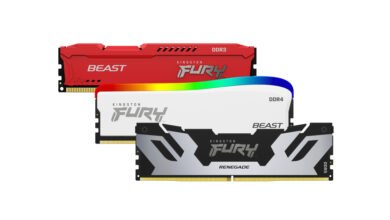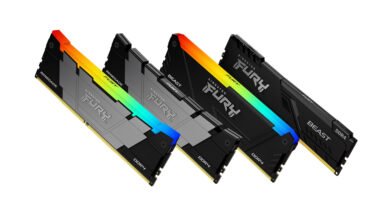New Delhi: Our body fluid such as sweat contains biologically relevant markers such as ions, heavy metals, metabolites, and proteins and some of them are diffused from the bloodstream which can reflect health status at a chemical level. Therefore, sweat represents a relevant bio-fluid for continuous non-invasive monitoring of physiological health status or in clinical conditions. Indian researchers have developed a new device that can generate sweat at resting and detect markers and transmit through a mobile phone. This sweat based non-invasive point of health diagnosis technology would be an alternative to blood based invasive diagnosis.
The study has been carried out by a team of researchers led by an alumnus of the Indian Institute of Technology (IIT) Hyderabad, Dr Brince Paul. As a postdoctoral researcher, he conducted this study in the Écolepoly technique fédérale de Lausanne (EPFL), Switzerland. The study was conducted in collaboration with the Swiss Olympic Medical Center. This study has been published in advanced material technologies journals.
“As a research development, we have shown the sweat extraction, a collection using micro-fluidics, and monitoring of the some of the sweat markers present in sweat in a single smart platform and wireless transmission over the cloud to display in a smartphone. From an industrial point of view, our focus is towards the smartwatches with different biomarkers including metabolites such as glucose and lactate monitoring along with the features available with current smartwatches (by collaboration with a leading multinational smart watch manufacturing company)”, said Dr Brince Paul, in a conversation with India Science Wire.
Making such a non-invasive tool available could accelerate medical research to progress in this field. For example the direct chloride level in sweat is useful for screening cystic fibrosis. Similarly, potassium level correlated with plasma for ambulatory monitoring and sweat quality control, pH as an indicator of metabolic alkalosis, glucose for screening pre-diabetic conditions or monitoring tool for diabetes, and lactate for assessing metabolic efficiency etc., are some of them.
“We mainly focused on the sweat extraction during resting position particularly valuable to gather information on the health status of sedentary individuals or for medical analysis in sedentary conditions. Although, exercise is a common method for sweat induction that can be easily applied to athletes and amateur sportsmen, an alternative way of sweat stimulation is required which can be incorporated with smartwatch technology. Developing such a sweat stimulation technology would enable monitoring of markersfrom the sweat during resting conditions as well as exercise as a normal smart watch doing for physiological signals monitoring. This would lead to a non-invasive continuous monitoring of various biomarkers as an alternative to blood monitoring. The features of cloud data storage inclusion facilitated remote diagnosis on individuals which is necessary during current pandemic situations”, added Dr Paul.
Nowadays, the semi-conducting industry is moving towards fables fabrication technology such as the printing process. Even smart printing technology such as aerosol technology already came out in the market using whichmicron level transistorscan be fabricated. Here, researchers utilize the printing process to fabricate the micro-fluidic sweat patch which can combine sweat stimulation, collection and analysis in a single patch. The correlation between the concentrations of ions measured from sweat using the new device and with ion chromatography analysis demonstrates the applicability of the system for real-time point-of-care monitoring of the health status of individuals. Furthermore, wireless transmission enables real-time data monitoring and storage over a cloud platform. This printed fluidic sweat patch provides a cost-effective solution for the on-demand analysis of sweat components for healthcare applications.
The thermoregulatory position in the hypothalamus controls body temperature by regulating eccrine sweat output and blood flow to the skin. This thermoregulatory position responds not only to changes in body temperature, but also to hormones, physical activity, and emotions. Thus the excess temperature is maintained by releasing in the form of sweat and sweating is caused by activation of sympathetic sudomotor nerves innervating eccrine sweat glands. These nerves release acetylcholine, which interacts with muscarinic cholinergic receptors at the sweat gland and stimulates the sweating. But in the absence of temperature rises in body (suppose we are not doing any exercise or sports activities), these acetylcholine agents have to be transdermally delivered as to bind the sweat gland receptor and stimulate the sweat. This is what researchers have done here to extract the sweat from a resting individual. The extracted sweat is guided through capillary based microfluidic system where the sensors for different markers are embedded. These sensors are modified with different membranes which only responses to specified markers in sweat. The responded signals are signal conditioned and transmitted to the cloud.
Researchers are presently in the process of accommodating more markers from the sweat and other fluids (surface needle based) to make it useful for real time daily usage purposes including exercise condition (which includes ions, metabolites such as glucose and lactate, and different proteins). “The actual clinical device innovation can be realised when we collaborate effectively with engineers, clinicians, product designers, and along with an industry partner towards a common solution by allowing them to stand their own experts platform”, said Dr Paul. (India Science Wire)



